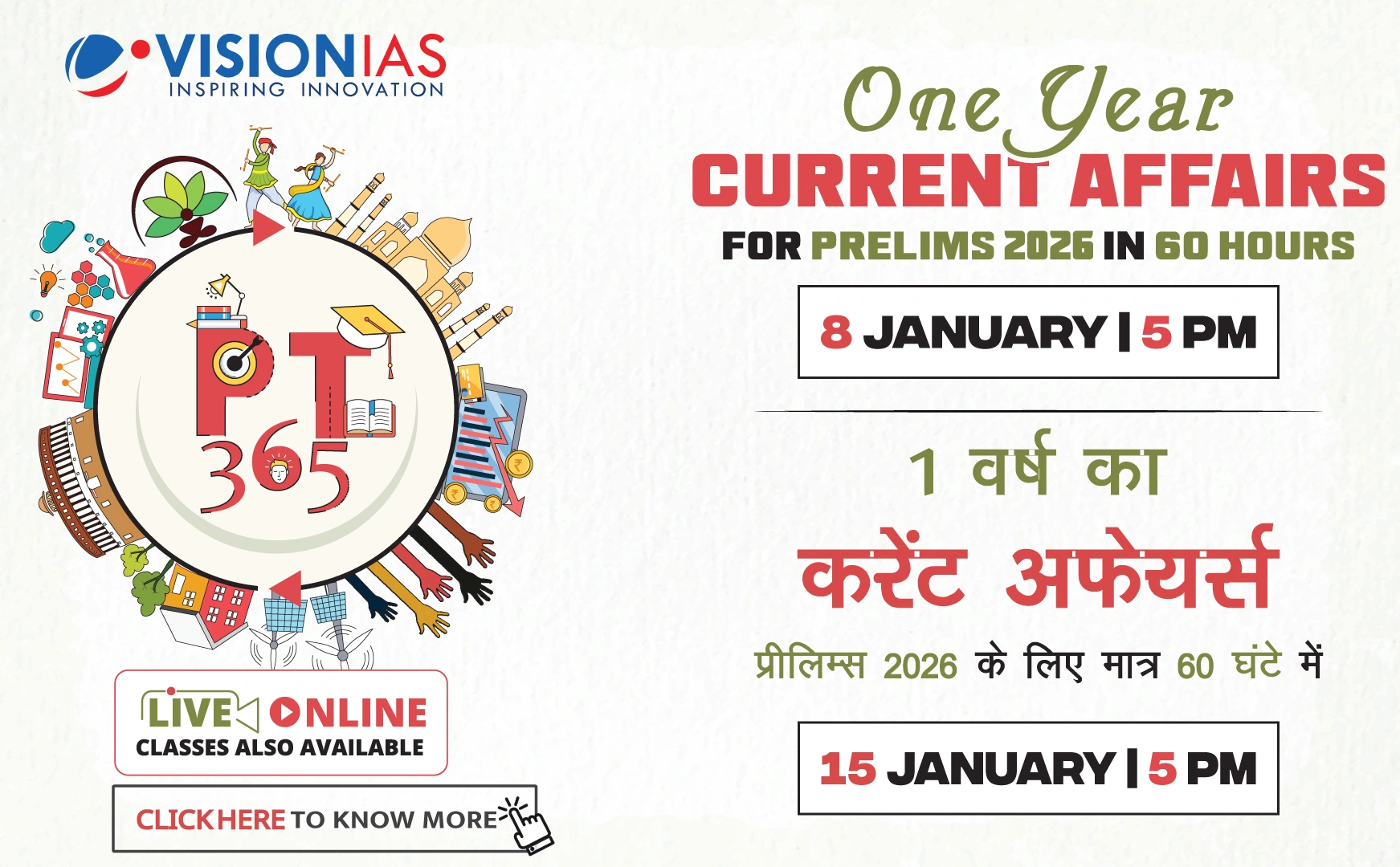Supreme Court Decision on Environmental Clearances
The Supreme Court's majority decision to reverse its May 2025 order highlights complexities associated with post-facto environmental clearances in India.
Background and Legal Framework
- The Environment (Protection) Act 1986 and EIA notifications of 1994 and 2006 mandate prior environmental clearance (EC) before initiating large construction and industrial projects.
- Court decisions like Common Cause (2017) and Alembic Pharmaceuticals (2020) have regarded post-facto ECs as impermissible when prior EC is required.
- The May order in Vanashakti ruled out post-facto ECs entirely for such projects.
The Majority Decision
The new majority does not discard 'EC first' as a rule but allows limited space for post-facto clearances under certain conditions:
- Supports post-facto clearances based on precedents like Alembic and D. Swamy for cases where substantial resources have been committed.
- This involves regularization usually accompanied by fines.
- Emphasizes that the Ministry can continue to uphold 'EC first' as a legal default, permitting post-facto clearances only in constrained, rare circumstances.
Challenges and Concerns
- Post-facto clearances can impose penalties and mitigation but cannot replicate the EIA's purpose, which is to preemptively assess environmental impacts.
- The majority expressed concerns over differential treatment between past and future violators.
Implications and Recommendations
- Vanashakti struck down the 2017 notification and subsequent office memoranda that enabled post-facto ECs, allowing existing ones to stand, which was viewed as discriminatory.
- The Court aims to address this by recalling the bar on post-facto ECs and reopening the legal question around limited regularization being tenable.
- The Ministry is urged to treat post-facto ECs as exceptions due to their conflict with the legal framework and address discrimination by tightening legacy clearances rather than normalizing post-facto regularization.



